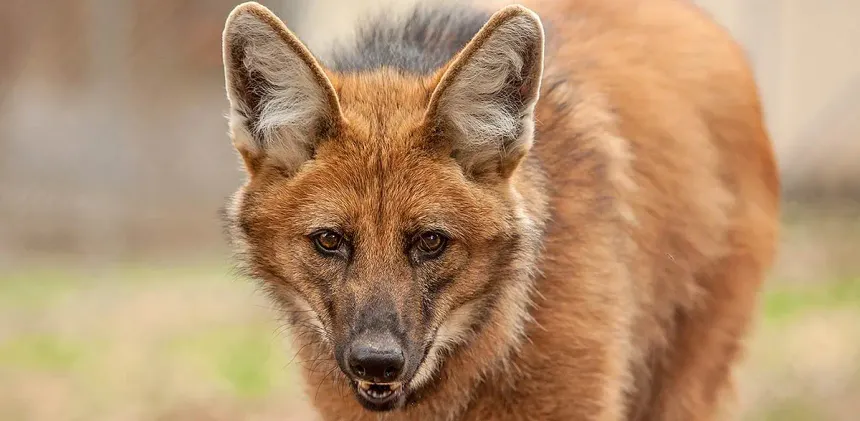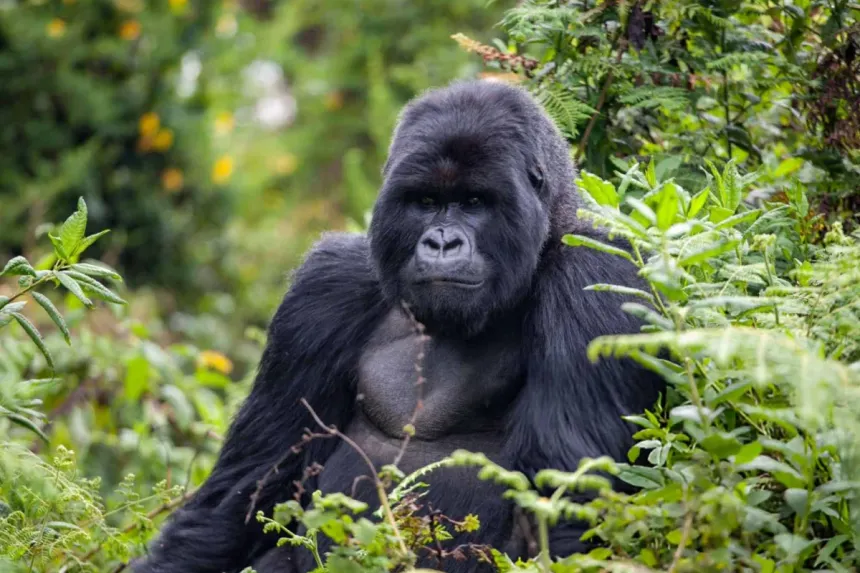“Lyrebirds: Masters of Mimicry and Nature’s Ultimate Performers”
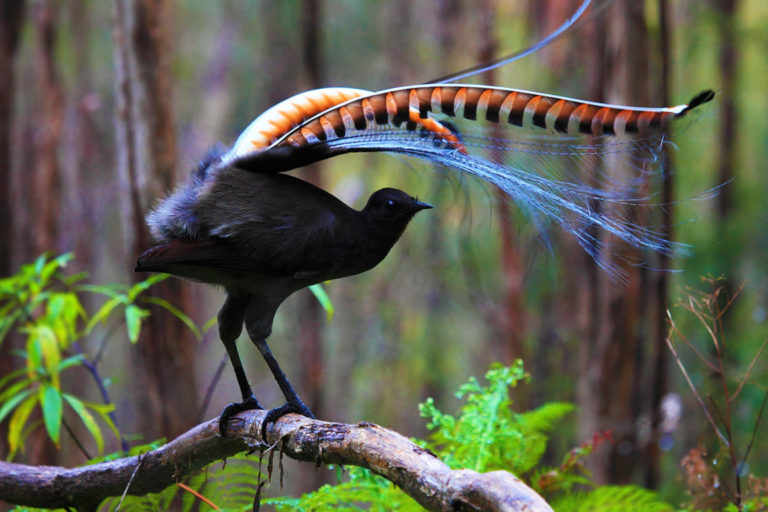
Lyrebirds are among Australia’s most extraordinary birds, famous for their incredible vocal talents and dazzling tail feathers. Named after their beautiful lyre-shaped tails, these birds captivate scientists and bird lovers alike with their astonishing ability to mimic almost any sound they hear. This long brief explores fascinating facts about lyrebirds—their behavior, habitat, mimicry skills, and unique role in the natural world.
1. Two Species, One Legend
There are two main species of lyrebird:
- The Superb Lyrebird (Menura novaehollandiae), found mainly in eastern Australia.
- The Albert’s Lyrebird (Menura alberti), restricted to a small area in subtropical rainforests of Queensland.
Both species are ground-dwelling and known for their extraordinary vocal skills.
2. Masters of Mimicry
Lyrebirds are arguably the best mimics in the animal kingdom. They can imitate:
- Other bird species’ calls
- Mammal sounds like dingoes or dogs barking
- Human-made noises such as camera shutters, chainsaws, car alarms, and even car engines
Their mimicry is not random—males use these sounds during courtship to attract females with complex and varied “songs.”
3. Spectacular Tail Display
Male lyrebirds have a magnificent tail made of 16 feathers that resemble a lyre, a classical stringed instrument. During mating displays, the male:
- Fans out the tail feathers into a striking shape
- Performs an elaborate dance while singing
- Combines visual and auditory signals to woo females
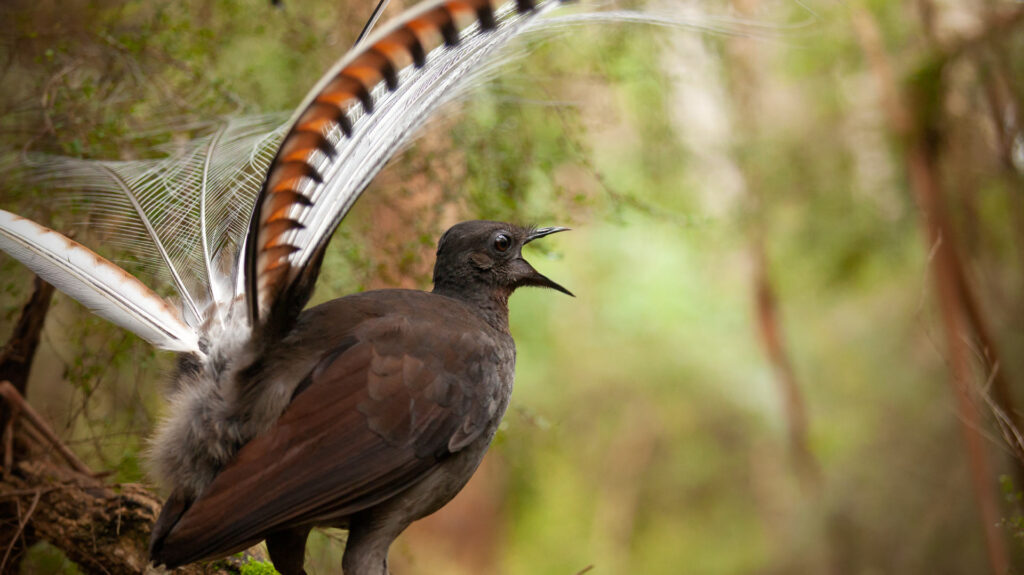
4. Lifespan and Habitat
- Lyrebirds typically live 10 to 15 years in the wild.
- They inhabit dense forests and rainforests in Australia’s southeast and parts of Queensland.
- Lyrebirds spend most of their time on the forest floor, scratching leaf litter for insects, spiders, and other small creatures.
5. Ecological Importance
By scratching the forest floor for food, lyrebirds help with:
- Soil aeration
- Seed dispersal
- Controlling insect populations
Their foraging benefits forest health and biodiversity.
6. Conservation Status
- The Superb Lyrebird is considered least concern, thriving in protected habitats and national parks.
- Albert’s Lyrebird is near threatened, facing risks from habitat loss and fragmentation.
7. Cultural Significance
Lyrebirds have inspired many artists, musicians, and filmmakers—most famously featured in the documentary “David Attenborough’s Life of Birds”. Their mimicry is often celebrated as a symbol of nature’s astonishing creativity.
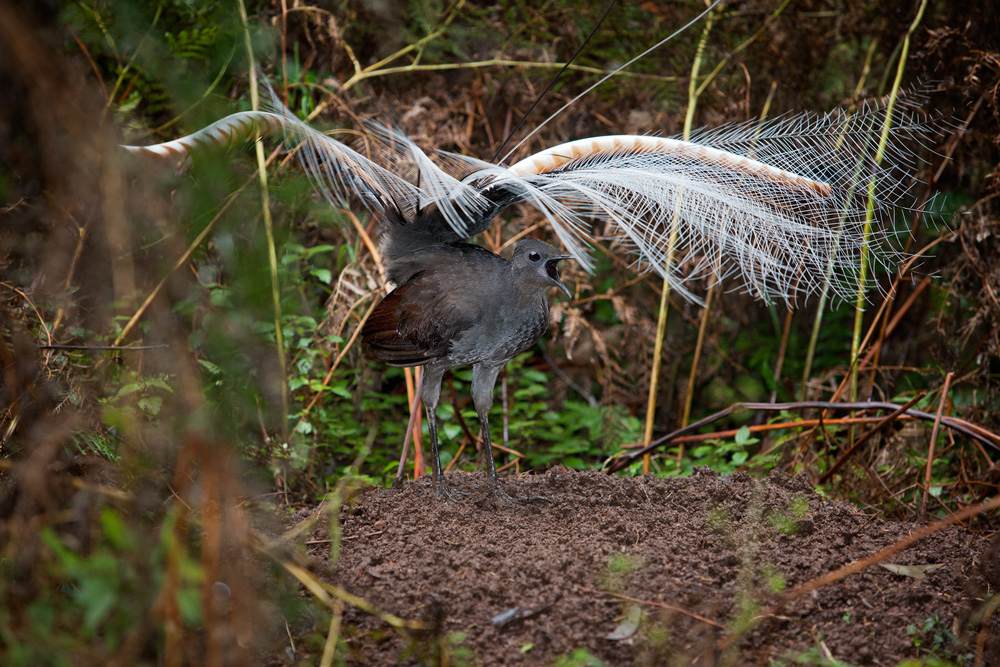
Conclusion: Nature’s Vocal Virtuosos
Lyrebirds remind us that the natural world is full of surprises and wonders. Their ability to imitate sounds, combined with their stunning tail display and complex behaviors, make them true masters of performance in Australia’s forests. Observing a lyrebird is witnessing nature’s perfect blend of art and survival.


